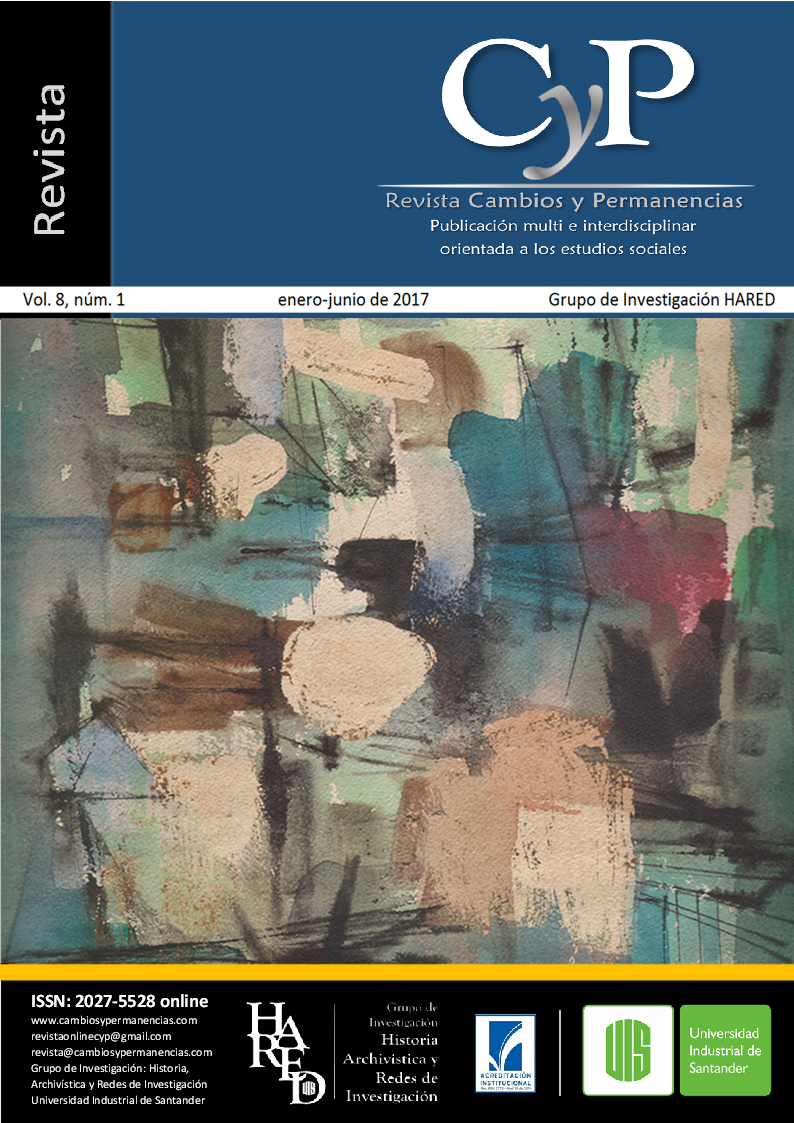The violence represented in the Colombian cinema: Political violence, narco violence and the post-conflict film challenge
Keywords
- Colombian cinema,
- political violence,
- narco violence,
- post-conflict
How to Cite
Abstract
This text begins by defining a theoretical framework that serves as a basis for understanding what is Violence and what its forms are in the Colombian context; In addition to how these, have marked the national artistic expressions, mainly in the Cinema. This framework will be used to determine how we should approach the study of the phenomena of Violence in the reality, to later understand the reflexes of this in fiction.
In the second part, a descriptive-critical sweep of the main Colombian films is made, which includes within its arguments components of Violence proper to the national reality; In this segment the manifestations of Violence are framed in two topics: Political Violence and Narco Violence.
In conclusion, we will analyze the Colombian feature film "La sirga" by William Vega, 2012. Emphasizing how this production approaches Violence from the technical and conceptual aspect of the image, and the narrative work in the construction of the script, all with a view to Development of a "Post-Conflict" cinema.
Downloads
References
Delumeau, J. (2012). El Miedo en Occidente. España: Taurus.
Ferro, M. (1987). Perspectivas en torno a las relaciones Historia-Cine. Conferencia pronunciada en francés, bajo el título de "Histoire et non-Histoire, sous leur forme savante, romanesque ou cinématographique", en las VI Jornades d' Història i Cinema de la Universidad de Barcelona. Fue publicada por vez primera, traducida al catalán. En I. M. Caparros Lera (ed.) 6 anys d'Història i Cinema a la Universitat de Barcelona, Memòria (pp. 11-17). Barcelona: Facultat de Geografia i Història.
Foucault, M. (1976). Vigilar y Castigar. Editorial Siglo XXI. México.
Fundación Patrimonio Fílmico Colombiano. Colección 40/25, Joyas del cine colombiano.
Herrera, A. y Cediel, D. (2010). Una propuesta para el cine colombiano con características Expresionistas: Análisis del cortometraje “alguien mató algo”. (Tesis de grado). Pontificia Universidad Javeriana, Bogotá.
Jimeno, M. (2004). “Cultura y Violencia”. Colombia: Departamento de Antropología. Centro de estudios sociales. Universidad Nacional de Colombia. Página 9. Recuperado de: http://www.bvsde.paho.org/bvsacd/cd51/jimeno.pdf
Rivera, J. (2012). Reflexiones sobre la imagen del cine colombiano. Revista Razón y Palabra, (78).

